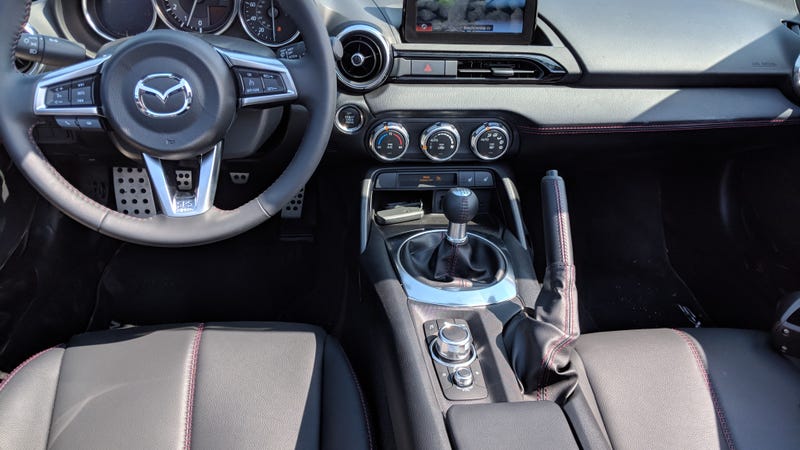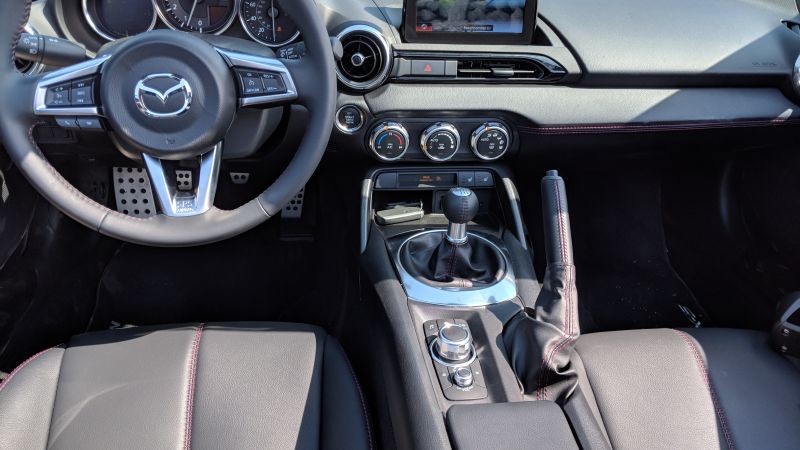
Handbrakes used to have a real function outside of sick bootlegger’s turns, back decades ago when car brakes weren’t terribly reliable and you did need a last-resort emergency brake. But federal regulations improving car brakes have made that function a relic of the past, so it’s no surprise that, increasingly, automakers are forgoing handbrakes completely.
That’s according to a new study from the British website CarGurus, which found that just 37 percent of cars for sale in Great Britain came with handbrakes, and just two manufacturers, Dacia and Suzuki, have a handbrake on every model in their lineup.
Manufacturers that don’t include handbrakes on any of its models include such no-names as Audi, Jaguar, Land Rover, Lexus, Mercedes and Porsche. Instead, most new cars these days have an e-brake feature that you activate with the press of a button, an activity that is 100% less exciting than pulling the handbrake at 45 mph and steering hard left or right.
“Within the next few years we expect the number of cars on sale with traditional handbrakes to decline further, likely only to be found on a select number of niche models,” Chris Knapman, editor of CarGurus UK, said in a press release. “Of course, the benefits can’t be ignored, but as the latest technology trickles through manufacturer line-ups, many new drivers might never experience one of the most familiar of automotive features.”
CarGurus numbers are only for cars in Britain, but I wouldn’t be surprised to see similar numbers for the U.S., as e-brakes proliferate.
Advertisement
Here are some of the benefits of e-brakes, according to CarGurus UK:
Considered a luxury feature, the electronic parking brake requires less physical effort, holds the car more securely and doesn’t need adjusting like the traditional lever. Most electronic handbrakes disengage automatically when you pull away plus they often offer an automatic hill-hold assist function, which is an additional safety benefit. The switch helps de-clutter cabins by taking up less interior space than a chunky lever on the centre console.
Hill-hold assist is nice, and, yes, it is less physical effort to push a button rather than pull a lever for those who need the help, though I’ll propose going forward that we equip every car with both an e-brake and a handbrake. Double the safety and fun.















